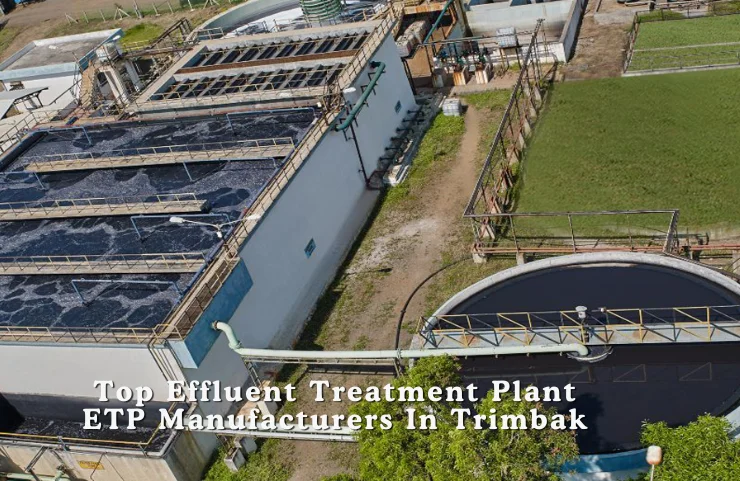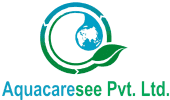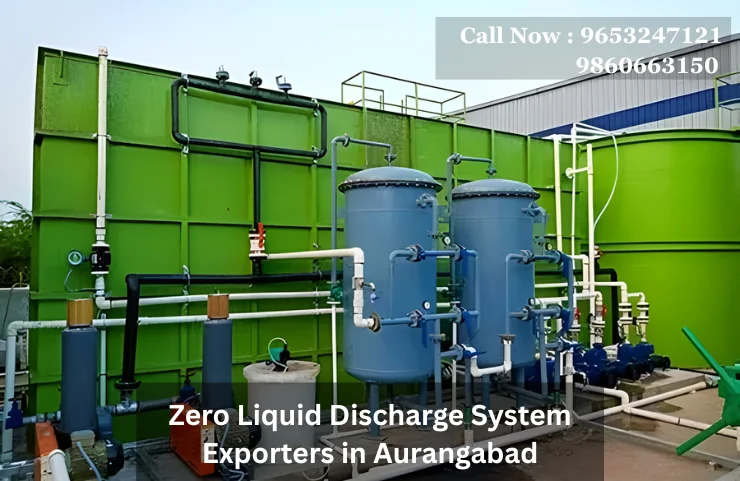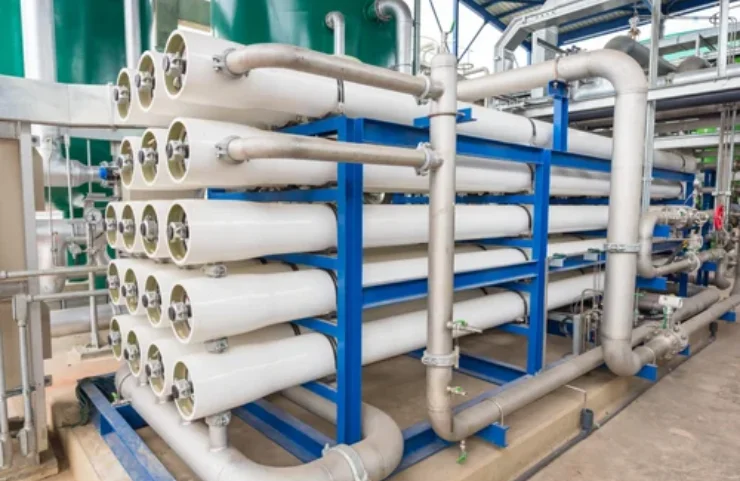Effluent Treatment Plant For Paint Industry In Satara

Effluent Treatment Plant for Paint Industry in Satara | Aquacaresee Pvt. Ltd.
Paint industries are one of the most vital sectors in India, contributing significantly to infrastructure, automotive, and consumer goods. However, with progress comes responsibility. The paint manufacturing process generates a large amount of wastewater that contains hazardous chemicals, pigments, solvents, and heavy metals. If left untreated, these effluents can contaminate soil, groundwater, and local water bodies.
This is where Effluent Treatment Plants (ETPs) play a critical role. They ensure that wastewater is treated, purified, and either safely discharged or reused within the industry. For industries in Satara, which is emerging as a hub for manufacturing and industrial development, having an effective ETP is no longer optional it’s essential.
Overview of Aquacaresee Pvt. Ltd.
Founded in 2006, Aquacaresee Pvt. Ltd. has been a leader in water treatment solutions for more than 18 years. With a reputation built on Experience, Expertise, Authoritativeness, and Trustworthiness the company has become a reliable partner for industries looking for sustainable wastewater management.
From wastewater management to industrial purification and sustainable filtration systems, Aquacaresee delivers customized solutions to meet the needs of diverse industries, especially the paint industry in Satara. Their mission is to create eco-friendly, innovative, and cost-effective water treatment systems that help industries comply with environmental standards while reducing their ecological footprint.
Challenges of Effluent in the Paint Industry
The wastewater generated by the paint industry is among the most difficult to treat due to its complex composition. Some of the major challenges include:
Toxic Chemicals and Hazardous Pollutants
Paint wastewater often contains organic solvents, resins, pigments, and emulsifiers that are toxic and harmful to aquatic life.
High COD and BOD Levels
Paint effluents usually have high Chemical Oxygen Demand (COD) and Biological Oxygen Demand (BOD), making the water highly polluted and unsuitable for direct discharge.
Effects on Soil, Water, and Human Health
If untreated wastewater is released into rivers or absorbed into soil, it can lead to groundwater contamination, reduce soil fertility, and pose severe health risks to nearby communities.
Importance of Effluent Treatment Plants (ETPs)
Installing an Effluent Treatment Plant is not just about meeting legal compliance—it’s about protecting the environment and ensuring long-term sustainability.
Legal Compliance with CPCB & MPCB Norms
By treating wastewater, industries minimize pollution and contribute to a cleaner environment.
Supporting Sustainable Industrial Growth
With industries expanding in Satara, adopting ETPs ensures growth without harming natural resources.
Aquacaresee Pvt. Ltd. | Expertise in Water Treatment
Aquacaresee is recognized for its end-to-end water treatment solutions. Their expertise includes:
- Wastewater Management Solutions : Advanced processes to treat complex effluents from paint factories.
- Industrial Purification Systems : Ensuring water meets the quality required for reuse in production.
- Sustainable Filtration Technologies : Energy-efficient filters that reduce operational costs and environmental impact.
Their customized approach ensures that every client receives a solution designed specifically for their industry needs.
How ETPs Work in the Paint Industry
Aquacaresee designs Effluent Treatment Plants that use a multi-stage process to treat paint wastewater effectively.
- Primary Treatment : Removal of Solids and Sludge
Screens, grit chambers, and sedimentation tanks remove large particles, sludge, and suspended solids. - Secondary Treatment : Biological Oxidation
Here, microorganisms break down organic matter, reducing BOD and COD levels in wastewater. - Tertiary Treatment : Polishing and Disinfection
The final stage uses filtration, chemical dosing, and disinfection to make water safe for disposal or reuse.

Key Features of Aquacaresee ETPs
- Energy-efficient design that lowers electricity consumption.
- Low maintenance systems with advanced automation.
- Cost-effective wastewater management tailored to paint industries.
- Scalable solutions to support small, medium, and large-scale units in Satara.
Benefits of ETP Installation for Paint Industry in Satara
Installing an Aquacaresee ETP brings multiple benefits:
- Safe disposal of toxic effluents in compliance with laws.
- Improved water reuse and recycling, reducing dependency on fresh water.
- Long-term cost savings by lowering water procurement and waste management expenses.
- Enhanced corporate reputation as an eco-friendly brand.
Why Satara Industries Prefer Aquacaresee Pvt. Ltd.
- Local presence with global standards : Fast response and support for Satara-based industries.
- Customized solutions : Tailored ETPs for specific effluent compositions.
- Strong customer support : Dedicated after-sales service and maintenance contracts.
Future of ETPs in Paint Industry
The future of wastewater treatment is moving towards automation and sustainable practices.
- Automation & IoT : Smart monitoring systems for real-time data.
- Zero Liquid Discharge (ZLD) : Ensuring zero wastewater release.
- Green Economy Adoption : Recycling treated water for non-potable industrial use.
Aquacaresee is at the forefront of adopting these technologies.
Why Choose Aquacaresee Pvt. Ltd.
- 18+ years of trusted expertise
- Strong portfolio across India
- Customer-first approach with tailored solutions
- Commitment to sustainability
When it comes to Effluent Treatment Plants for paint industries in Satara, Aquacaresee stands as a reliable and future-ready partner.
Frequently Asked Questions (FAQ) :
Q1: What makes Aquacaresee different from other ETP providers?
Ans: Aquacaresee brings 18+ years of expertise, advanced technologies, and customized solutions tailored to paint industry needs.
Q2: How does ETP help paint industries save costs?
Ans: By recycling and reusing treated water, ETPs reduce dependence on fresh water and lower waste management costs.
Q3: What are CPCB and MPCB guidelines for effluent treatment?
Ans: Both boards set strict norms for effluent discharge. Aquacaresee ETPs ensure compliance with these standards.
Q4: Can ETPs help in water recycling and reuse?
Ans: Yes, Aquacaresee ETPs are designed to recycle treated water for industrial reuse.
Q5: Does Aquacaresee provide maintenance and after-sales support?
Ans: Absolutely. They offer end-to-end support, including installation, maintenance, and performance monitoring.
Get a Free Consultation from Aquacaresee
- Phone:+ 91 – 96532 47121 / + 91 – 98606 63150
- Email: marketing@aquacaresee.com
- Website: www.aquacaresee.com
Conclusion:
The paint industry in Satara is growing rapidly, but with growth comes responsibility. Installing an Effluent Treatment Plant (ETP) is no longer just about legal compliance it’s about protecting natural resources and building a sustainable future.With over 18 years of expertise, Aquacaresee Pvt. Ltd. has emerged as a trusted partner for industries, offering innovative, efficient, and eco-friendly ETPs. Their customized solutions help paint manufacturers reduce pollution, recycle water, and save long-term operational costs.
If you are part of the paint industry in Satara, investing in an Aquacaresee ETP is not just a compliance move it’s a smart step towards sustainable growth.







